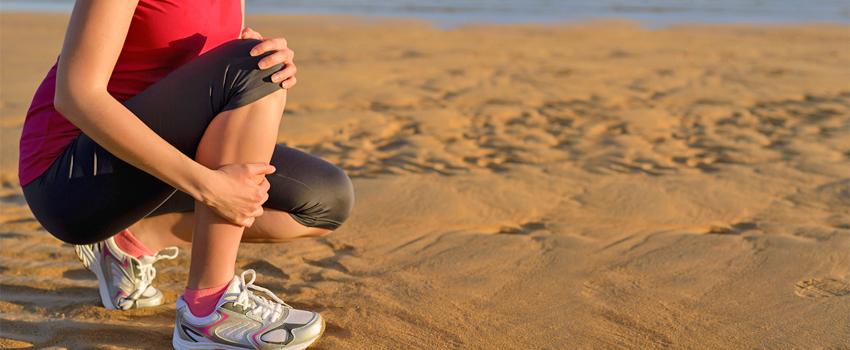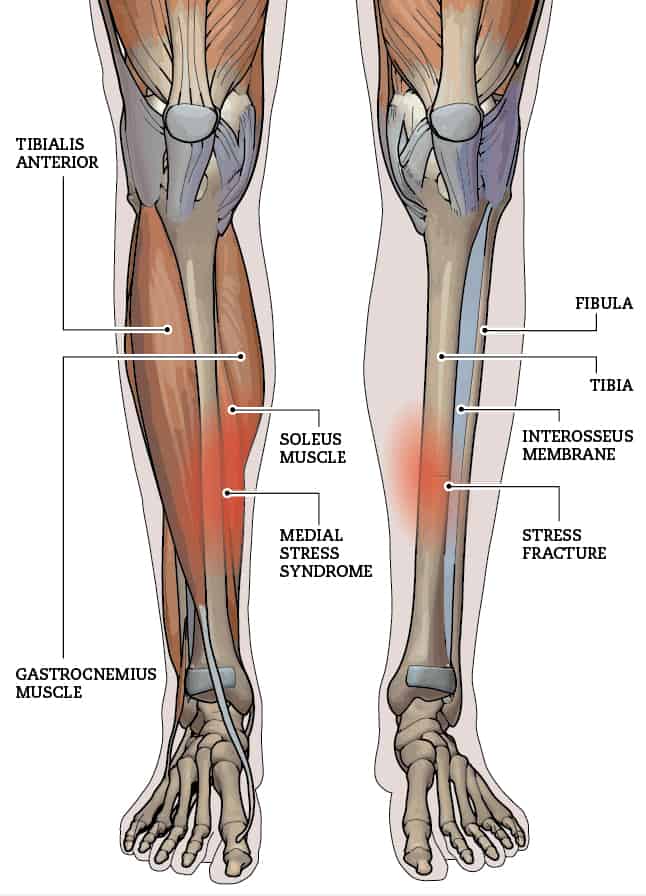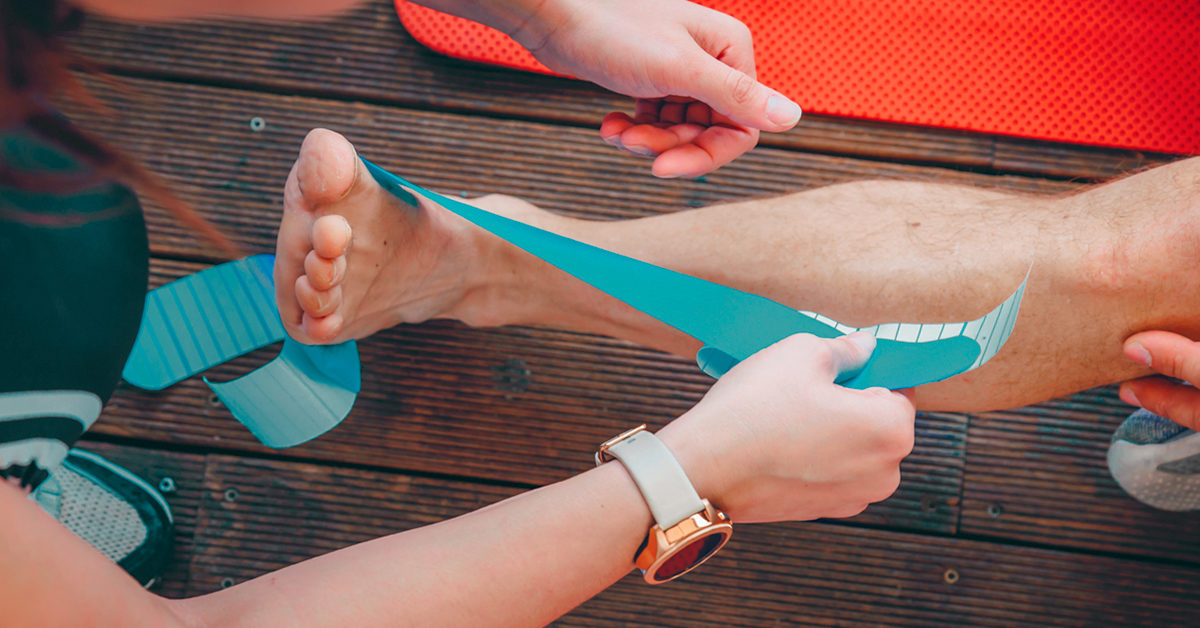
What are Shin Splints and how to fix them!
Most people have heard of dreaded shin splints; you may have even suffered from this in the past. The medical name for shin splints is ‘Medial Tibial Stress Syndrome’ or MTSS.
MTSS is most often exercise-related and manifests as pain on the inside of the shin. The underlying issue is often a result of repetitive loading/overuse during exercise, it is a common complaint for runners and people doing running based sports such as football or netball.

MTSS occurs when the muscles and connective tissues attaching to the shin (tibia) become overloaded and the outer layer of the bone becomes irritated and inflamed.
What Causes Shin Splints?
It is important to identify the underlying cause of the irritation so that it may be addressed. Otherwise the irritation will continue to arise with load.
Common contributing factors for shin splints include:
-
Weakness in muscles, particularly the gluteals/hip stabilisers and calf
-
Poor movement patterns or running technique
-
Training errors and poor load management
-
Tightness in some muscles, particularly in the calf
-
Poor mobility through the foot and ankle

Here are 5 tips for helping to manage Shin Splints:
1. Monitor Load
Ensure that you are not having sudden, drastic increases in your exercise load.
To do this, it is important to carefully track aspects of exercise such as distances run, intensity, types of surfaces you are training on as well as monitoring how symptoms are affected during AND following your exercise.
2. Appropriate Rest
Complete rest from activity may not be needed. Finding the optimal amount of rest to settle symptoms down and ensure that you do not stir things up more is optimal.
This can be achieved by starting with reduced frequency of exercise and gradually building this back up to pre-injury levels.
3. Modify Training
If possible, it is important that we modify the type of training to assist with resolution of the injury.
Rather than ceasing exercise altogether, it’s possible to maintain your fitness or conditioning. If you are a runner, this may mean trying some cycling or getting on the elliptical.
4. Consider Footwear
Whether you’re a professional athlete or a weekend warrior, it is worth considering what type of shoes you are wearing.
It may seem obvious, but in some cases, poorly designed/old footwear may play a role in the development of Shin Splints.
Maybe those Converse shoes aren’t the best to run in?
5. DO YOUR EXERCISES!
Completing your individualised program will address each component that is important to keep you healthy, pain-free and reduce your risk of flare-ups from happening in the future.
This may also mean giving your body some TLC by self-massaging, stretching or icing.

Book An Appointment
Come and have a chat with one of our physiotherapists to see if we can help improve your health. Book online or call the clinic on (03) 5232 2400.